Driving in the US – Overview
A road trip in the US is one of the coolest experiences you can ever have. In a country so big, there are plenty of routes you could take. Many will lead you to amazing places and give you a chance to experience this incredible country at its best. So, if you want to enjoy a greater range and flexibility and visit some mind-blowing places this country has to offer, renting a car is a very nice idea! But due to the differences in law among the states, you should always be aware of the signs and regulations. In this guide, I will give you the information to get you started so that you enjoy a blissful trip in the US from the driver’s seat. Let’s get into the details!

Booking a car
How to book a car when taking a road trip in the US?
There are four simple steps:
- Choose your route and the car model
- Fill in your order details
- Complete your reservation
- Pick up your car at the store
How to choose a car that meets your needs?
The type of car that you want to choose would depend on various factors such as the number of people (adults, children), the season, location, how long will you be driving, how much luggage you will have, etc.
In the US you will be able to rent all kinds of vehicles, from the most basic to roomy and luxurious SUVs. If you do not have any special needs go for some cheaper options, especially when on a budget. When traveling with a child you make sure to equip the vehicle with a safety seat.
If you are going someplace like Alaska, that’s covered in snow, a 4WD vehicle would be the best choice. Make sure it’s equipped with appropriate tires. Additionally, snow chains might come in handy too. But in summer conditions having a 2WD would be quite appropriate. Maybe a nice Cabrio to enjoy the summer breeze on a seaside?
If you travel with your family you can get a larger car. In the US people truly love driving large SUVs and you might want to experience that too! For long distances, you would appreciate having a more luxurious vehicle. It can make the trip more comfortable, especially if you plan on having long-distance journeys or fewer stops.
How to choose insurance?
Major car rental suppliers in the US usually include liability insurance and damage insurance in their basic contract. However, in case of an accident, insurance companies will pay the amount up to a certain limit. Be aware that you will also be required to pay the deductible. If you get a CDW you will be exempt from paying the deductible. However, if you damage the car due to negligence, for instance driving on a beach that has no road for cars, you will still be required to pay deductible together with Non-Operation Charge (NOC), which is a compensation for the time during which the car rental company cannot rent out the vehicle because of damages.
There are few options for buying the insurance for your rental car:
- Online when booking the vehicle (recommended)
- At the rental counter, from the supplier, in your pickup location
- From a third-party insurer
Some personal car insurances extend to rental cars as well. You may already have a basic insurance plan, but you should be careful as there are some exceptions. The validity of your policy will largely depend on the location of your travel. It is usually unlikely for such a policy to extend in faraway countries.
Some travel credit cards do include the basic insurance for your car rental, even when traveling abroad. The best would be to consult with your insurance company/credit card provider and see if they cover rental cars too. Even then, make sure that they don’t leave some parts of potential risk uninsured.
If your travel budget is sufficient, it is recommended to choose insurance with the most comprehensive coverage, as repairing the car might be very expensive. Moreover, if you get injured, medical expenses and other related charges will also be high. And obviously, the better your coverage is, the lower your financial risk will be.
Picking up your car
Pick-up materials that you will need
| Item | Note |
| 1. Passport | Belonging to the main driver (if he/she does not have a US driver’s license). |
| 2. Driver’s License | Valid driver’s license from the country of origin + IDP International Driving Permit (recommended)
or Valid driver’s license from the country of origin + official translation in English or If you hold a driver’s license from the US, please show your local license at pick-up. |
| 3. Credit/Debit Card | Credit or debit card. |
| 4. Pick-up Document | Offered by once the reservation is successfully confirmed. For many bookings, an electronic pick-up document is also available, which can be used to replace the paper version. |
Note: The minimum age for driving in the US differs from one state to another and usually ranges from 16 to 18 years. However, for certain types of vehicles, the higher minimum age limit is applied. As for car rental, most states require car rental companies to set their minimum age requirement, which is often but not always 25. Driver’s from 21 (sometimes 20) to 24 are still able to rent, but are subject to young driver’s fee.
Other materials that you might need
- Offline navigation app: Tantu Map, provided by for free.
- Phone holder
- Child Seat
How to get to the store?
| On foot | If the store is nearby you can walk and simply follow the “car rental” signs. |
| By bus | If the store is far, usually there is a shuttle bus available. You may find the name/logo of the company for directions towards the bus station. |
| By requesting a pickup on the spot | If a shuttle bus is not available, you can dial the store number and wait for the staff to pick you up. If you have problems when communicating with the local staff, you can contact ’ customer service for assistance. |
| By requesting a pickup in advance (staff waiting with a name board) | Some rental companies will provide meet and greet service. One of the employees will be waiting for you with a name tag. If you cannot find him/her, dial the store number. |
Things to pay attention to when picking up a car
- Bring all the necessary documents and ensure that you have a sufficient amount of money on your credit card.
The main driver is required to have all the relevant documents. The credit card must be issued in the name of the main driver. Also, you should verify that there is enough money on your credit card for pre-authorizing the deposit.
- Early pick up/Early drop off
In some cases, if you pick up your car earlier, you might be asked to drop it off earlier too. However, some companies might allow you to pick up the car in advance but return at the original drop off time. The rules also vary based on the location of the rental office. Make sure to inform the rental company in case you prefer to get your car before the scheduled time. Additional charges may be incurred.
- Registration of additional drivers
If there are additional drivers, make sure to provide relevant information and register them at the store. Otherwise, in case of an accident, the insurance will be invalid.
- Car checking
Inspect the car carefully before picking it up. If some defect (even a small scratch) is found, it is necessary to show it to the staff and indicate the damaged location in the inspection voucher. It is highly recommended to take photos of those defects to avoid disputes when dropping off the car.
- Keep all the contracts and receipts
Make sure to keep all the contracts and receipts.
What to do if you are offered additional services and insurances at the rental counter?
- Compare the details of your contract and pick up the voucher
When picking up a car at a store, the clerk may promote additional insurances and services. Before signing the contract, carefully check whether the estimated charge written in the rental agreement is consistent with numbers in the pick-up voucher. Inconsistency might mean that they have added additional services on the list.
- You can reject any of the extra offers you don’t need
Extra insurances and services are optional. It’s up to you whether or not you want to have them. You can explicitly reject the ones that you don’t need. If you have any questions when negotiating with the store, feel free to call ’ customer service for assistance.
Driving in the US
Traffic rules and signs
Basic rules
Vehicles in the United States are required to drive on the right-hand side of a road. This applies to all states except the US Virgin Islands. If you want to cross a road remember to look to the left first. Please pay attention to the following rules, as they are considered to be basic.
- Do not horn unless it’s essential – use the horn only under special or urgent circumstances, otherwise is it considered rude.
- Always give way to pedestrians – stop your vehicle whenever you see a pedestrian trying to cross the street.
- Do not use a mobile phone while driving, otherwise you will face a fine.
- All passengers in the car must have their seat belts fastened.
- Children must be seated in child seats. The type of the seat would depend on child’s size and exact age. The rules vary based on the state.
- When you see a school-bus stopped with its lights flashing, the vehicles in both directions are required to stop and wait until all students exit and the bus restarts. You should never pass a school bus if it has flashing red lights.
- Beware of bicycles, often they share the road with cars and follow general traffic laws. Before turning make sure that a bike is not coming towards you.
- Give way to police and other emergency vehicles – if you hear sirens, pull over immediately and let the special vehicle pass, regardless the side of the road you are driving.
- If a police officer demands you to stop, pull over on the side of the road as soon as possible. You should NEVER get out of the car. Wait until the officer approaches the driver’s side window while keeping your hands visible, placed on the steering wheel.
- During peak hours carpool lanes (usually the leftmost lane) are exclusively reserved for cars carrying two or more passengers. Sometimes you might see the locals using carpool lanes as regular passing lanes, but never do so, as it will lead to a big fine.
Important traffic signs
1. “STOP” sign
Be careful when crossing or turning. The right of way at an intersection with a four-way stop is determined by who has come to the intersection first.
 2. “YIELD” sign
2. “YIELD” sign
Often used with pedestrian crossing signs. It reminds you to give the way to pedestrians on the crosswalk. Once you see the sign, you must slow down and give the way to pedestrians and vehicles approaching from another direction.
3.![]() “One Way” sign
“One Way” sign
It indicates that you approached a one-way street and at the same time shows its direction.
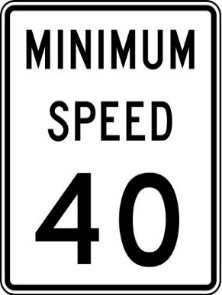 4. Speed Limit signs
4. Speed Limit signs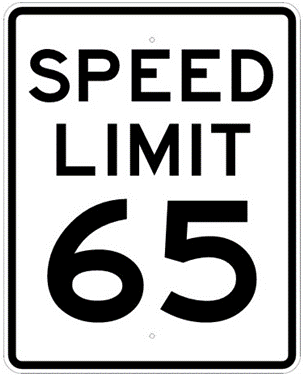
Sometimes these also indicate a minimum speed. Often while driving on residential streets, you will not see speed limit signs. This is because the speed limit for most residential areas is 25 miles per hour, and drivers are aware of that. Many highways have a speed limit set at 55 miles per hour, but this number may vary from one state to another. Other common limits on highways are 45 miles per hour and 65 miles per hour.

 5.” Railroad Crossing” signs
5.” Railroad Crossing” signs
Usually a large X or a pair of crossed train tracks. May include the words “railroad crossing” or letters “RR”. Lights and ringing indicate that a train is coming. If you reach a railroad crossing sign that does not have accompanying lights, stop the car and check both ways before proceeding.
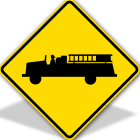 6. “Emergency Vehicle Warning” sign
6. “Emergency Vehicle Warning” sign
It alerts drivers regarding the areas where fire departments, ambulance stations, and other emergency buildings might be located. Drivers should refrain from pulling over and give way to emergency vehicles that might be going in or out of those stations.
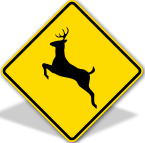 7. “Deer Crossing” sign
7. “Deer Crossing” sign
It alerts drivers about the locations where the deer population is high. It is important, to be very attentive when driving on those roads, as you may suddenly encounter animals crossing the road.
8.“Cross-traffic does not stop” sign
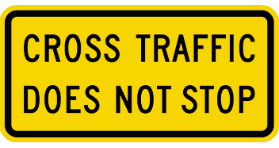 This sign may be used in combination with a STOP sign when the conditions/environment are causing or could cause drivers to misinterpret the intersection as an all-way stop.
This sign may be used in combination with a STOP sign when the conditions/environment are causing or could cause drivers to misinterpret the intersection as an all-way stop.
Roads & Fees
Types of roads
Most of the roads in the US are two-lane rural highways, less than 1% are covered by paved roads. Road network in the US is generally good, although a lack of infrastructure investment over the past few decades has resulted in a lot of wear and tear. Knowing the different kinds of roads in the US is very useful when working out your route. Let’s look at the main types of roads:

Interstate highways: these are high-speed roads with no cross traffic or junctions; you can join the traffic via an on-ramp. Here only vehicles are allowed, other transports such as bicycles are prohibited. Interstates are assigned two-digit numbers. Even numbers indicate east-west routes and odd numbers indicate north-south routes. The feeder roads for major interstates are assigned three-digit numbers. You’ll recognize interstate signs by their blue shield with a red crest.
Freeways: are similar to interstates, however, they are often found in urban areas and are designed for high-speed driving. Freeways do not have tolls.
Numbered highways: originally, they were interstates, until their replacement in the 1950s. Highways are laid out in a grid across the country, but with the numbering system reversed. They can be recognized with the white badge on a black background.
State highways: they often have a lower speed limit. The usual sign is a white circle on a square black background, but many states have their unique design, for instance, an outline of the state with the road number in the middle.
Scenic byways: as the name suggests, these are scenic routes that are maintained by the state. Many of these roads traverse national parks and other interesting locations.
Tolls
Many roads in the US are equipped with tolls. Certain tunnels and bridges will also charge you a fee. For instance, if you want to cross the famous Golden Gate Bridge in San Francisco. On the roads in California, New York, Texas, Florida, Georgia, Virginia, New Jersey, and many other states you may encounter toll roads. However, states like Arizona, Idaho, Montana, Wisconsin and Tennessee do not use tolls for now.
At the entrance of a toll road, you will see an indication “TOLL”. If you want to avoid toll roads the best is to use GPS and plan your route ahead of time. Toll prices vary depending on location, vehicle type and the type of pass you have.
Toll payment options
- Cash
- Electronic toll collection systems – E-ZPass; FastPass; SunPass
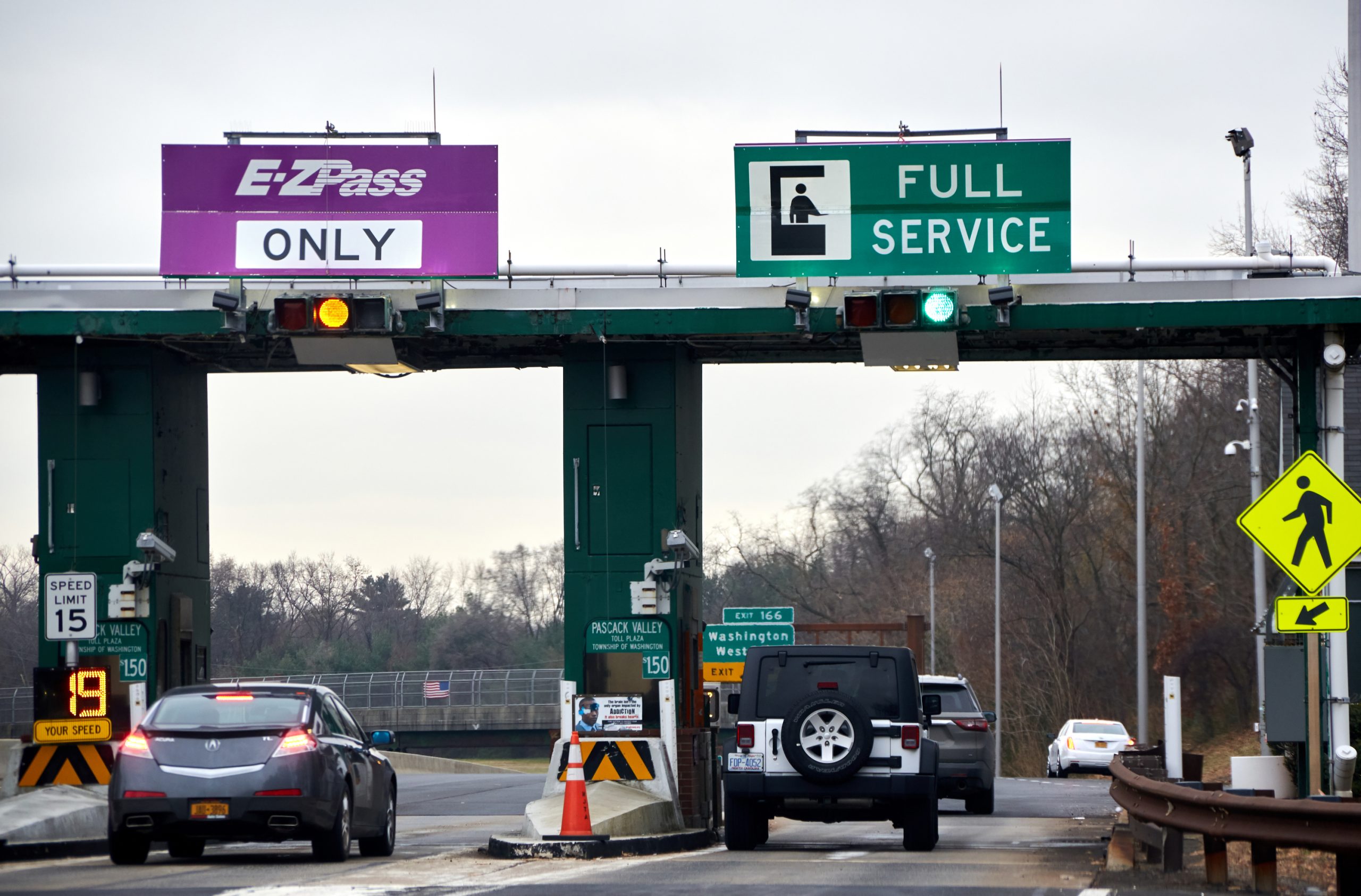
If you fail to register your license plate or to pay the fee, you may be billed through your car rental company. Before driving your car, you are advised to verify the toll payment options with the car rental provider.
Often car rental companies provide toll devices for their customers. You may need to pay a daily rate in addition to toll charges that will occur during your journey (daily rate will be payable even if you do not use any tolls that day).
In the US, as the toll fees differ from one place to another the best way to know about the costs in advance is to use the toll fee calculators, which are readily available on the internet.
Parking
Overview
Parking regulations in the US vary based on location, time, day, and sometimes season. In some streets parking is prohibited from 10 am to 11 am, or in winter parking is prohibited on some streets if the snow depth exceeds a certain level. All restrictions will usually be indicated on parking signs. In some locations, restrictions are indicated by curbs. A red curb means no parking (for instance in front of schools, ambulance stations, bus stops, etc.), yellow curb a limited truck loading zone, green curb time limits, blue curb disabled parking, and a white curb will indicate a zone for picking up or dropping off passengers.
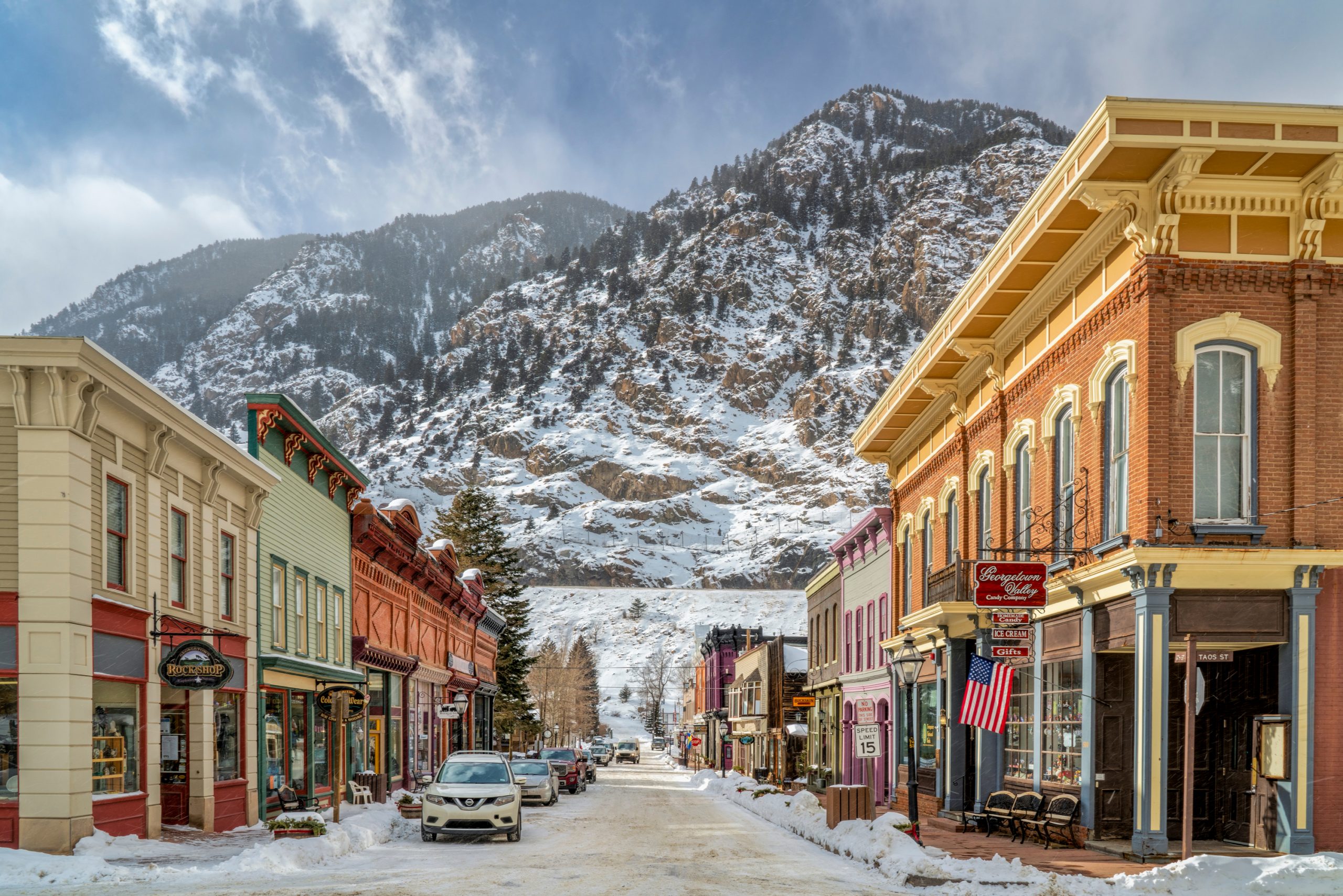
When parking on the side of a road your car should, of course, be parked in the direction of the traffic flow. Often parking spaces are aligned diagonally, meaning that the front of your car will be facing the pavement.
In most of the places in the US private and public parking is provided. Shopping malls, supermarkets, and similar buildings often provide free parking spaces. Their entrances and exits are equipped with hums or bumps and you need to be careful with those. In general, non-central locations are cheaper for parking.
Parking meters
In small towns, 30 minutes of parking would cost you about 50 cents. Often you will find limitations that restrict parking for more than 2 hours, but it is not always the case. Nevertheless, on railway stations, for 25 cents, you could park your vehicle for more than an hour.
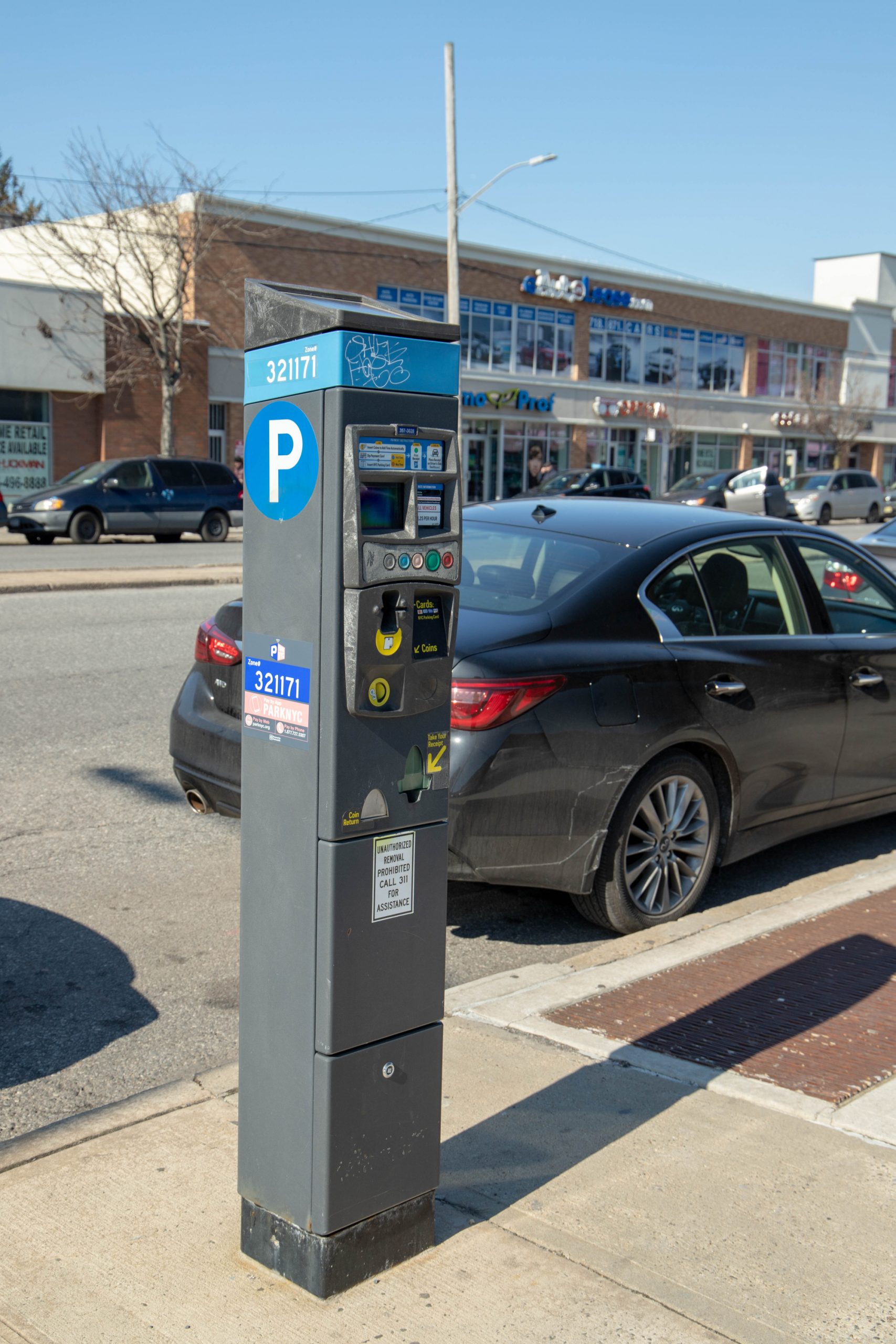
If the parking meter has a problem, the best is not to park your car there. Otherwise, you may get a fine. If you want to extend the time of your parking you can add coins in the parking meter unless you have reached the time limit for that designated parking area.
City police and private companies control the parking areas. If you park illegally, you will almost certainly get a fine, which you will need to pay within 30 days. Otherwise, other penalties will be incurred. In some areas, your car will be towed away if you break rules and in addition to paying the fine, you will be responsible for towing fees too.
Where not to park
- Intersections
- Pedestrian/bicycle crossing zones
- Bus stops
- Schools
- Fire hydrants (make sure not to park within ten feet (3m) of a fire hydrant)
- Ambulance and other emergency stations
No Standing zones – in these areas stopping is allowed only when picking up or dropping off passengers or goods (but you should not stop too long).
Refueling
In the US you will find the following types of fuel:
- Regular: stands for No. 85-88 oil, which is equivalent to No. 92 oil
- Midgrade (or Plus): stands for No. 88-90 oil, equivalent to No. 95 oil
- Premium (or Supreme): represents oils above 90, equivalent to No. 98 oil
- US diesel is generally Diesel
Make sure to refuel your rental car with the correct fuel. If you are not sure about the type, ask the staff about it, before starting your journey. If you refuel your vehicle with а wrong fuel, contact the store immediately. Do not start the vehicle to avoid further damage. Fuel tank and some other parts of the vehicle might require comprehensive cleaning (unless you started the engine, which would complicate the condition even further).
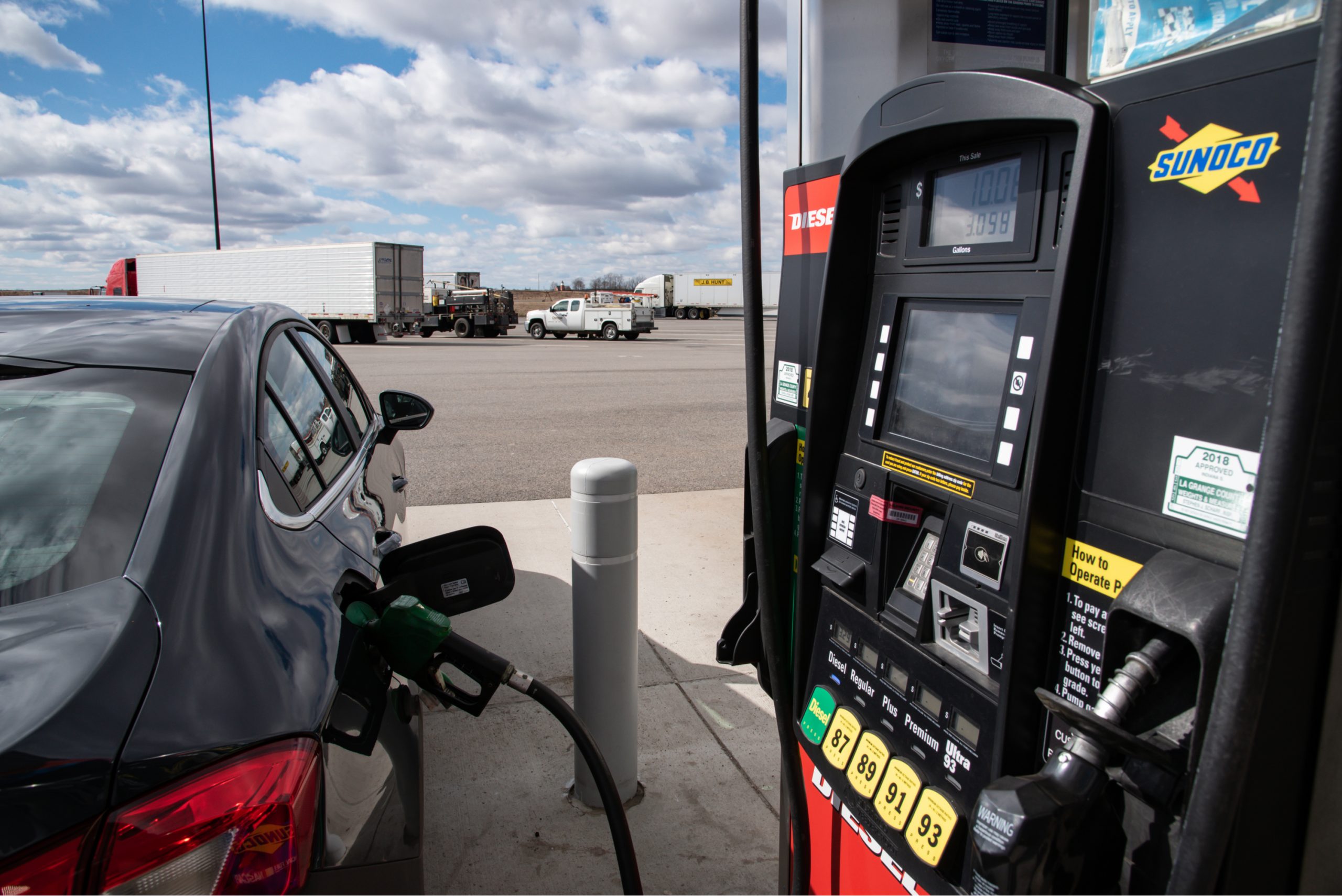
If you are using a card for payment follow these steps:
1 – Insert the card
2 – Vehicle information on request
3 – Take the card
4 – Select the type of gasoline
5 – Take the oil gun and start refueling
If you want to use cash for payment follow these steps:
1 – Remember the gasoline gun number
2 – Pay by cash at the cashier’s desk in the store
3 – Select the type of gasoline at the refueling machine
4 – Take down the gasoline gun and start refueling
5 – Take back the change at the cashier’s desk in the store
Note:
- For security reasons, some states such as New Jersey and Oregon have prohibited self-service refueling. Instead, station personnel should help you refuel the car, which also results in a slightly higher price.
- Gas stations along some highways and national parks are relatively scarce and expensive. Therefore, the best is to fill up your tank in the city.
While driving in the US you will encounter some old gas stations too!
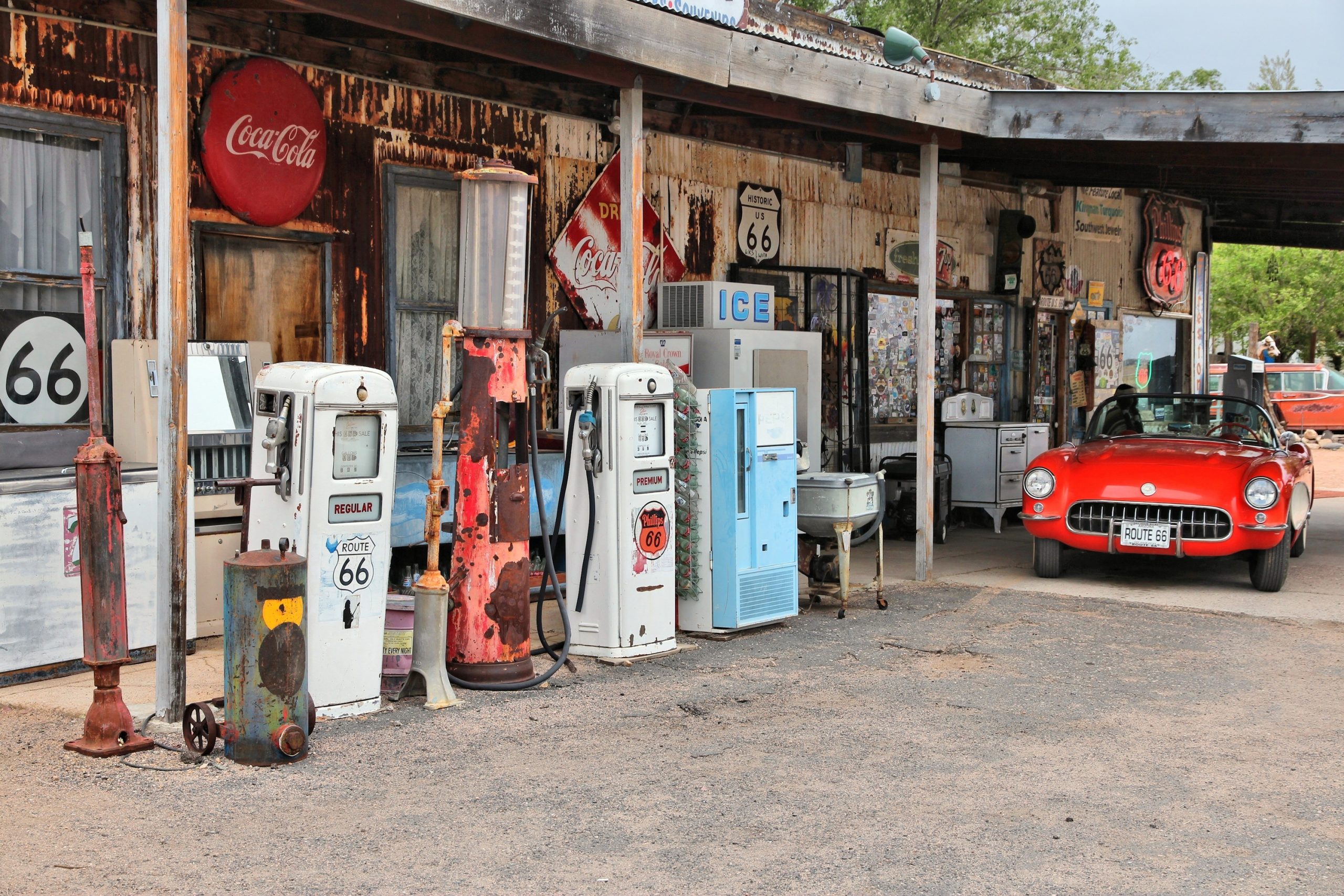
Emergencies
Phone numbers
Police/Fire/Ambulance: 911
: From United States +1-800-761-8913
What to do in case of an accident?
If an accident occurs:
- Stop the car as soon as possible.
- Switch on hazard lights.
- Check yourself and passengers for any injury.
- If it’s a minor collision and there are no injuries, it is still advised to record the details. At some point, the other party might demand compensation for damages.
- If anyone is hurt or if the road is blocked call the police/ambulance immediately.
Fender benders
- Check for any injuries
- Move the vehicle to the roadside
- Call 911
- Photograph the condition and plate numbers of each vehicle in the accident
- Wait for the police to register the accident and keep the record
- Call and the insurance company
Damage & Loss
- Call 911
- Ask the police to register the accident
- Make a claim to the insurance provider
- Wait for the verification of the information
Stalled car & Flat tire
- Call the car rental company
- The store might send their staff for assistance
- If you are unable to contact the store, ask the police to help you call for road assistance.
Return
Once your journey is over, make sure to return the vehicle on time. Park the car in the designated area and carefully check your personal belongings before leaving.
What you should do?
- Check the statements: when dropping off the car, the staff will check its condition and print relevant statements. Please check them carefully to make sure no irrelevant charges are included.
- Clean the car: if there is any extensive odor or dirt in the car, please clean it before returning, otherwise, you will be asked to pay the cleaning fees.
- Keep the gas receipt: if you selected a ‘Full to Full’ fuel policy, please keep the refueling receipt. You might need to give it to the store.
- Keep the contracts: please keep all car rental contracts, documents, and even pictures after returning the car, until the deposit is refunded to you in case of cost disputes.
Early or late return
- Early return: if you return your car earlier than the time that was agreed in the rental contract, the car hire company will not refund the money for unused days.
- Late return: if you would like to return the car later than stated in your rental contract, please contact the store and find out if you are allowed to extend your contract. At the same time confirm the additional fees.
Returning your car after the office hours
If your return time is not within the store’s business hours, please call the store or to find out if that’s possible and whether there will be an extra charge imposed.
If the store agrees, please park the car in the designated area and take pictures of the oil meter, odometer, and vehicle exterior, then put the car keys into the key/drop off box.
To avoid unnecessary trouble, it is strongly recommended to drop-off your vehicle during business hours.
After returning your car
Insurance claim (if any)
Required materials
- Passport
- Main driver’s license
- Car rental contract
- Car damage deduction documents
- Debit/Credit card (the one you used for deposit)
- Credit card deductions documents
To ensure efficiency, please submit the required documents to . We will then organize the information and send it to the insurance company. Follow these steps:
- Fill in the information, upload and submit the claim documents.
- The insurance company will review them in 3 working days.
- Once the claim is approved, the compensation will be sent to your bank card.
Penalties
Penalty amounts for reference
Traffic laws are strictly enforced in the US and the fines, are in general high. We highly recommend you to follow rules to avoid any complications during your travel.
Each state has its’ own traffic penalty amount. It’s possible to get familiar with the rules, fines and the system of penalty points on the websites of the Department of Motor Vehicles of each state or city separately. The following table shows common violations in the US. The penalty amount is for reference only.
| Common Events | Penalty Range |
| Not wearing a seatbelt (all passengers) | 20-35$ |


